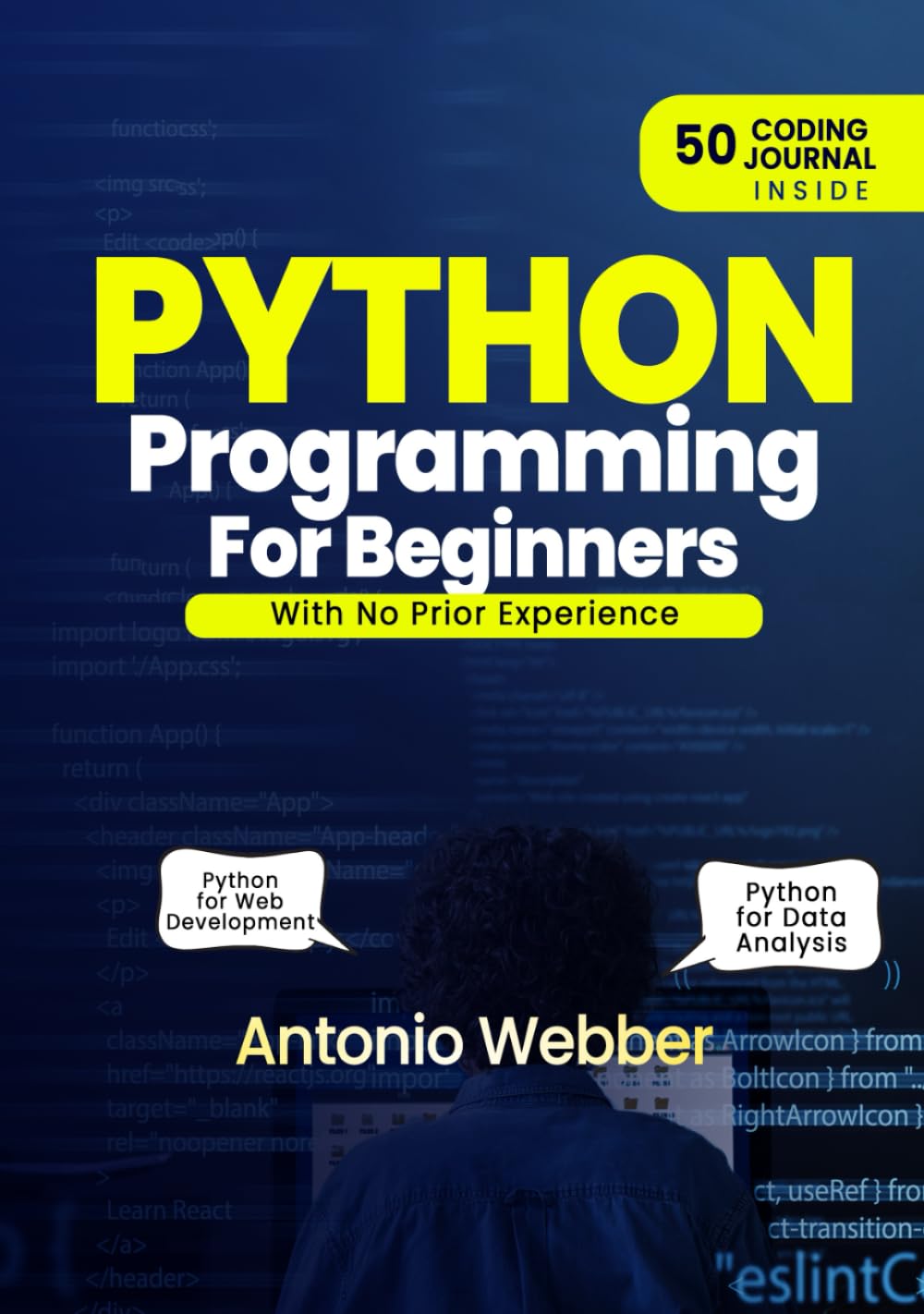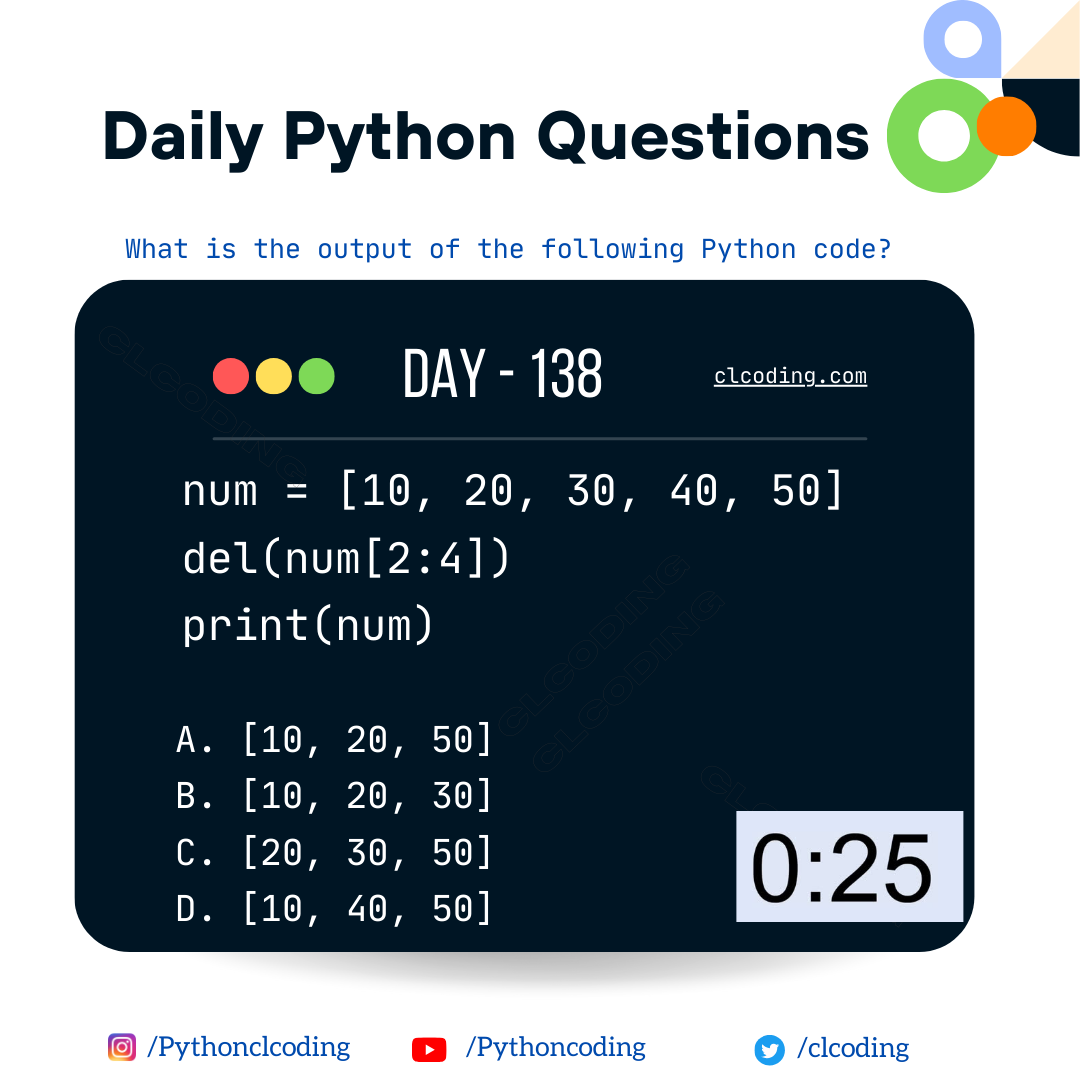This code defines a function named g1 that takes two parameters: x and d with a default value of an empty dictionary {}. The function updates the dictionary d by setting the key x to the value x and then returns the updated dictionary.
Here's a step-by-step explanation of the code:
def g1(x, d={}):: This line defines a function g1 with two parameters, x and d. The parameter d has a default value of an empty dictionary {}.
d[x] = x: This line updates the dictionary d by assigning the value of x to the key x. This essentially adds or updates the key-value pair in the dictionary.
return d: The function returns the updated dictionary d.
print(g1(5)): This line calls the function g1 with the argument 5. Since no value is provided for the d parameter, it uses the default empty dictionary {}. The dictionary is then updated to include the key-value pair 5: 5. The function returns the updated dictionary, and it is printed.
The output of print(g1(5)) will be:
{5: 5}
It's important to note that the default dictionary is shared across multiple calls to the function if no explicit dictionary is provided. This can lead to unexpected behavior, so caution should be exercised when using mutable default values in function parameters.





%20(Data%20Dynamics%20Python%20&%20SQL%20Mastery).jpg)



.jpg)










































.png)

























